Growing Pains, 2023-2024.
(Ongoing)
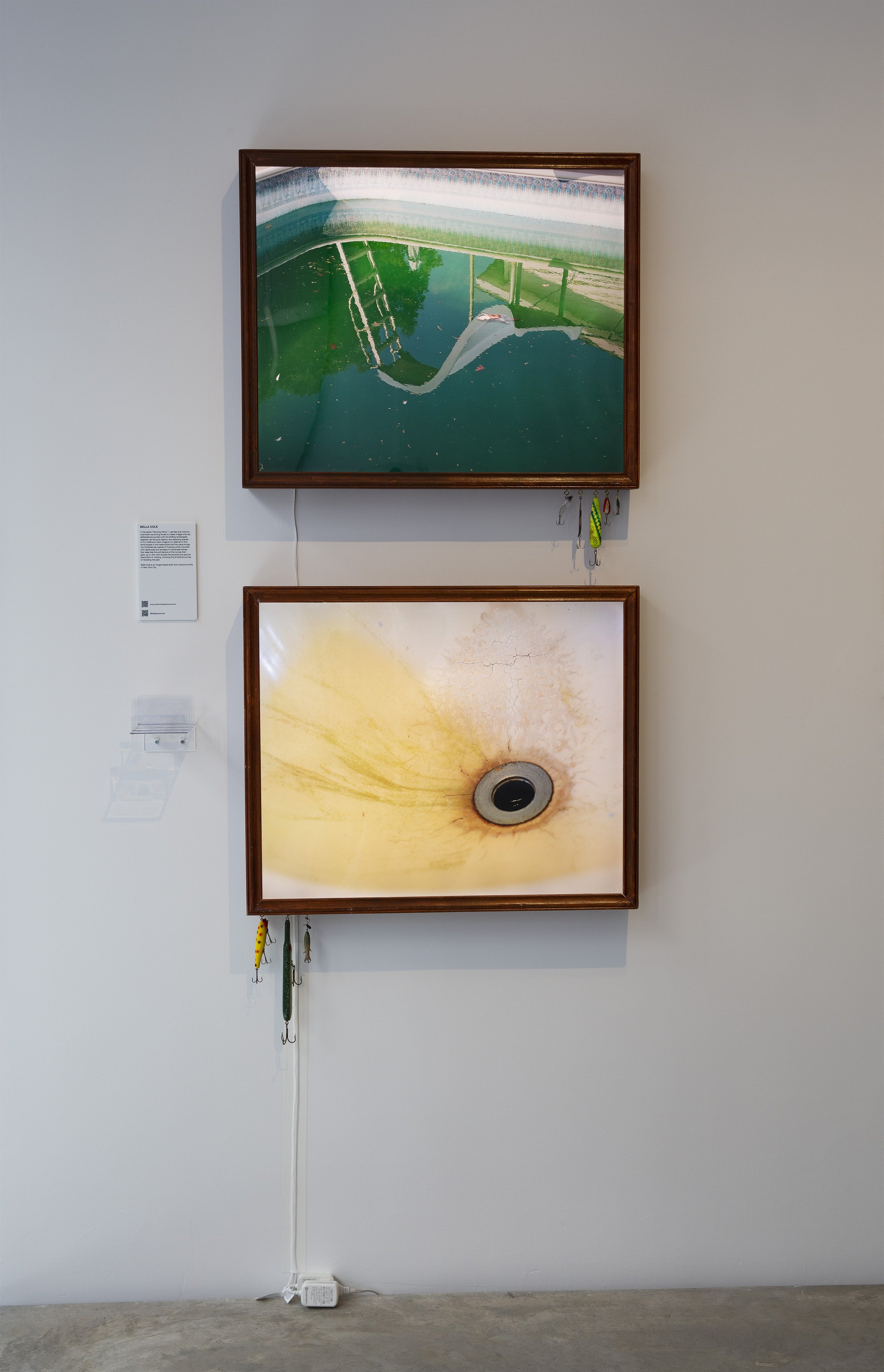
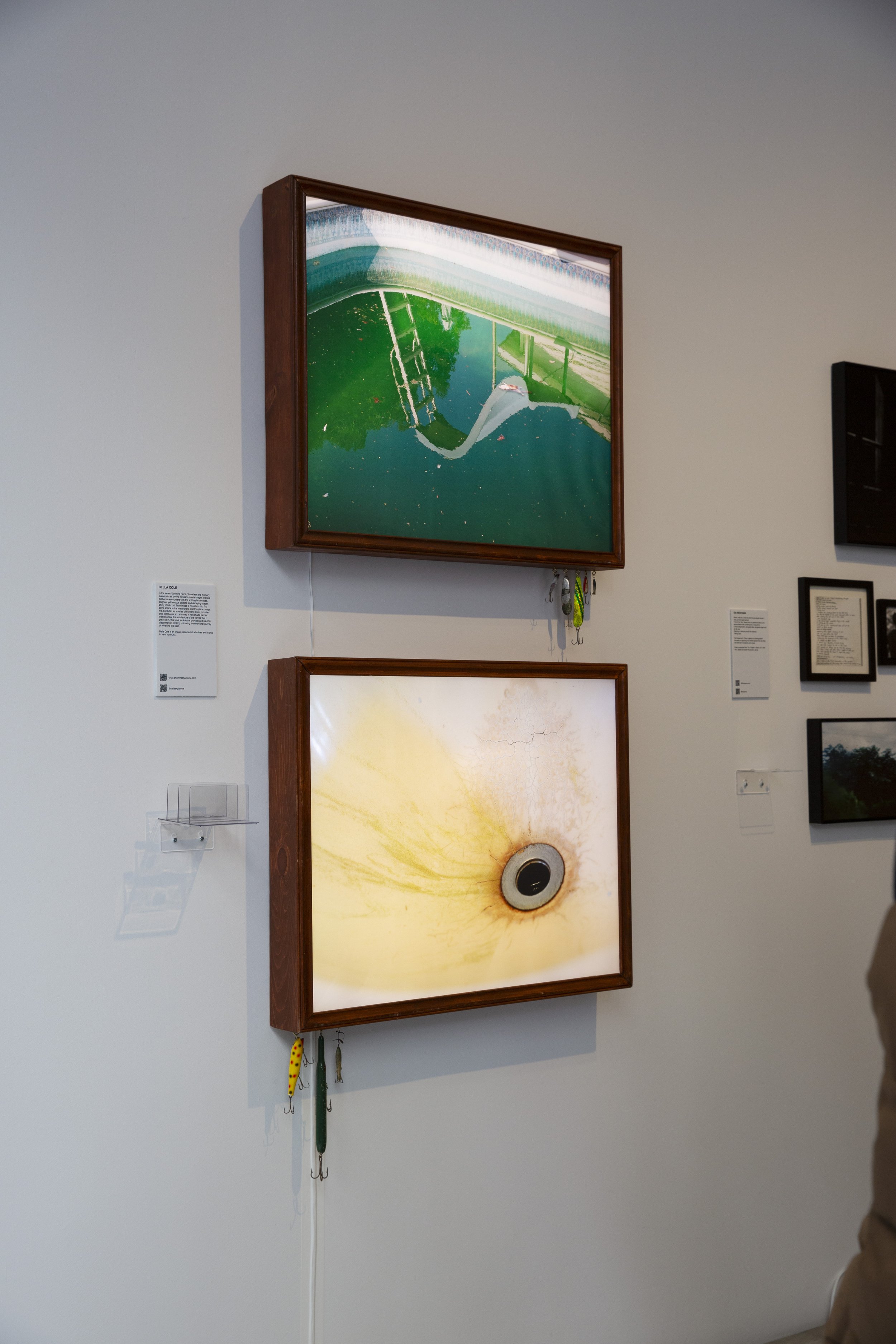

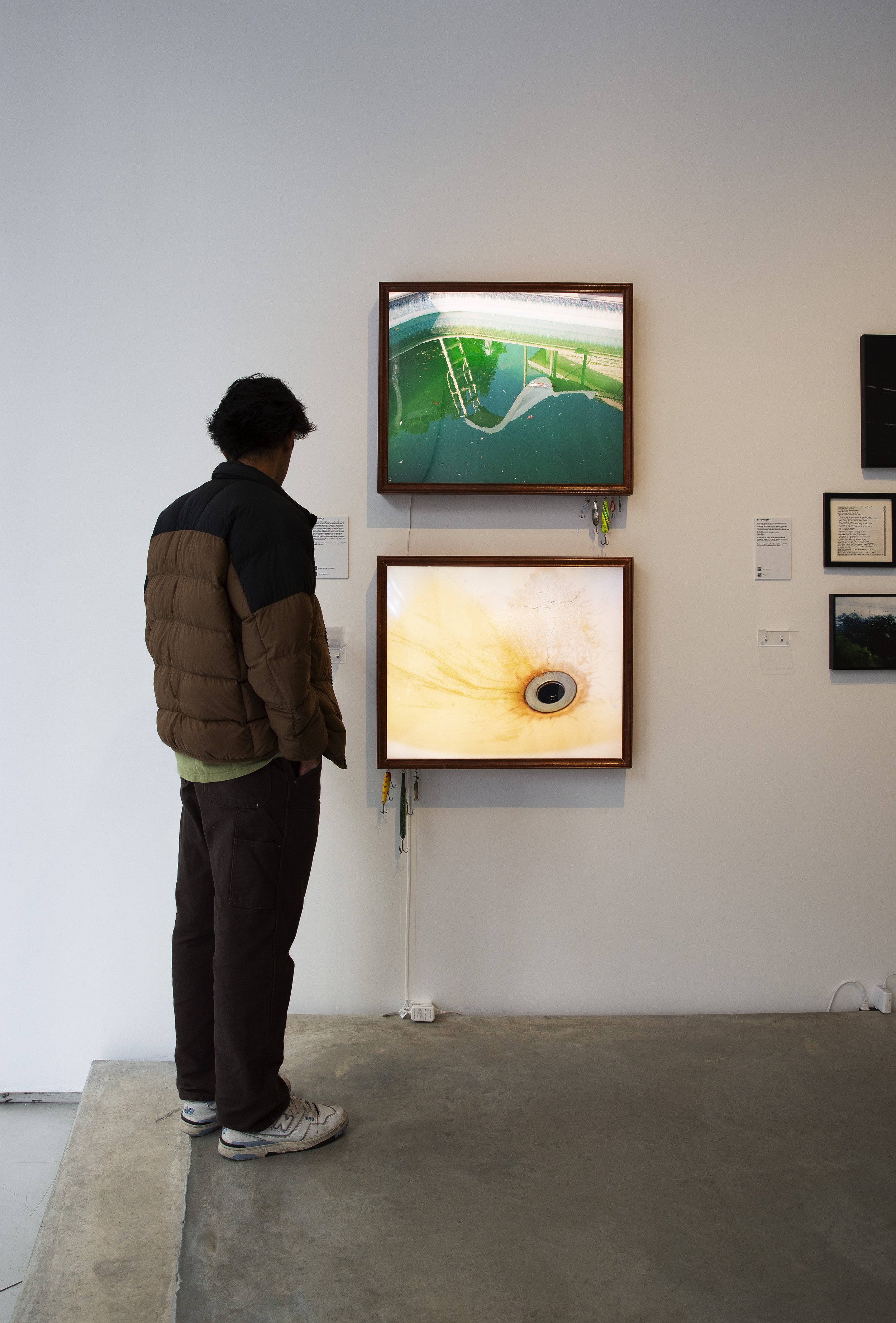


Moving around frequently as a young girl made it difficult to feel safe in the places in which I found myself; the only consistent home of my childhood was a small, cedar-sided cottage located in Norwood, NY, a little village off Route 11. My childhood, growing up on the Raquette River, is closely associated with the feeling of being taken care of. As relationships (with myself, my family) transform, becoming more complex and painful, I’m drawn back to this place in desperate hopes of finding something to soothe me in the otherwise (un)recognizable landscapes, only to keep finding dissonance. In my image-based practice, I make connections between decaying memories of my childhood and the effects of those memories on my adult life. The photographs and risographs that comprise this body of work are echoes of the disquiet, and my attempt to find solace in the melancholia this place brings me. Through these processes, I address questions such as: Where can I find refuge in a place that is equally the same and totally different from what I remember it being? Does this dull the growing pains of adulthood or make them ache worse? Revisiting fading childhood spaces illustrates the inevitable decay of one’s relationship to their childhood. Its documentation is a reluctant acceptance of this.
Understanding how my girlhood connects to my adult life has always been a subject that drives my work, and Growing Pains is an extension of this process of internal research. In previous works, I relied on an archive to support my process; now I use fear and memory-overwhelm to drive and guide the work as it is made. My process begins with encountering objects within my childhood home that hold significant memory: the Sea-Doo I loved riding growing up that sits idly in the yard, a wreck; the changed façade of a house that used to be home to both of my parents; the crumbling deck that I watched my dad build 20 years ago, and my favorite napping spot when it warmed in the summer; the cracks in my grandmother’s yellowing sink, like withered veins embedded in the enamel. By utilizing medium format film, which only yields 10 images per roll, I have to consider what makes me linger. I am forced to spend time with myself in these spaces that are suspended in the amber of memory, challenging myself to feel what it’s like to have pain around what has changed – within me, within my surroundings.
These images, in their final form, are a series of palimpsests that mark repetitive returns to this place: photographs of the moldy pool slide next to my grandparents’ house or the crooked, weathered plastic mailbox in the cul-de-sac at my mother’s home, force me to grapple with the fact that these markers of my childhood are still here and I can see them, but I’ve changed and it’s awful. The iteration of these compositions serves as the foundation of making the same/similar image months later: having these references allows for the direct ability to see what exactly has changed—and what has not—within this emotionally fraught environment. The images are made using a Mamiya RZ67 and a tripod, a notoriously heavy camera which emphasizes the camera as an extension of the photographer; having to manage the weight while setting up a composition elongates the picture making process, forces me to spend more time in these spaces and brings a physicality to the emotional importance of the project.
In exhibition, these images live as large scale C-trans prints mounted into handmade pine lightbox frames; they are stained to resemble the old, cedar-shake siding of my childhood home. The C-trans prints allow strips of LED lights adhered to the back of the frame to shine through the images, giving them a hazy, memory-like quality. In extended viewing, this light gradually becomes an irritant, creating discomfort that is resonant not only of the emotional pain behind the making of it, but also to the strenuous process of revisiting these memories. Rusted fishing lures which are far too corroded to aid in actually catching a fish hang from the bottom of the frames. Their inclusion emphasizes the object-ness of the work; the sculptural nature of the lightbox frames and the lures exemplify encountering these objects and places that are no longer able to serve the purposes they once did. Auxiliary images live as a photobook of risograph prints. The risograph’s repetitive and non-archival process reflects the process of (excessive) return to the memories of my childhood, and parallels their deterioration over time. As the photobook is handled, interactions with this piece will contribute to its destruction over time.


















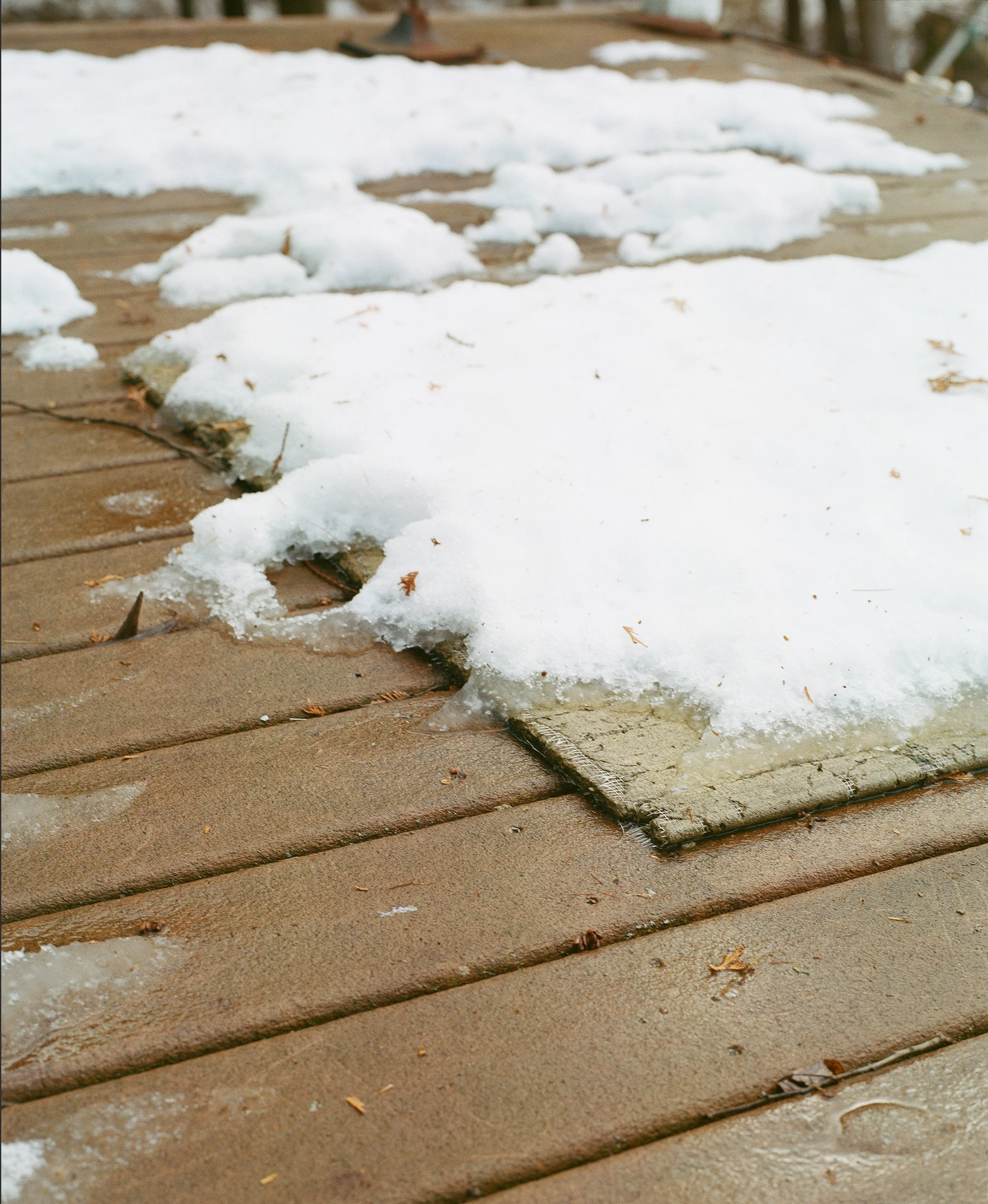


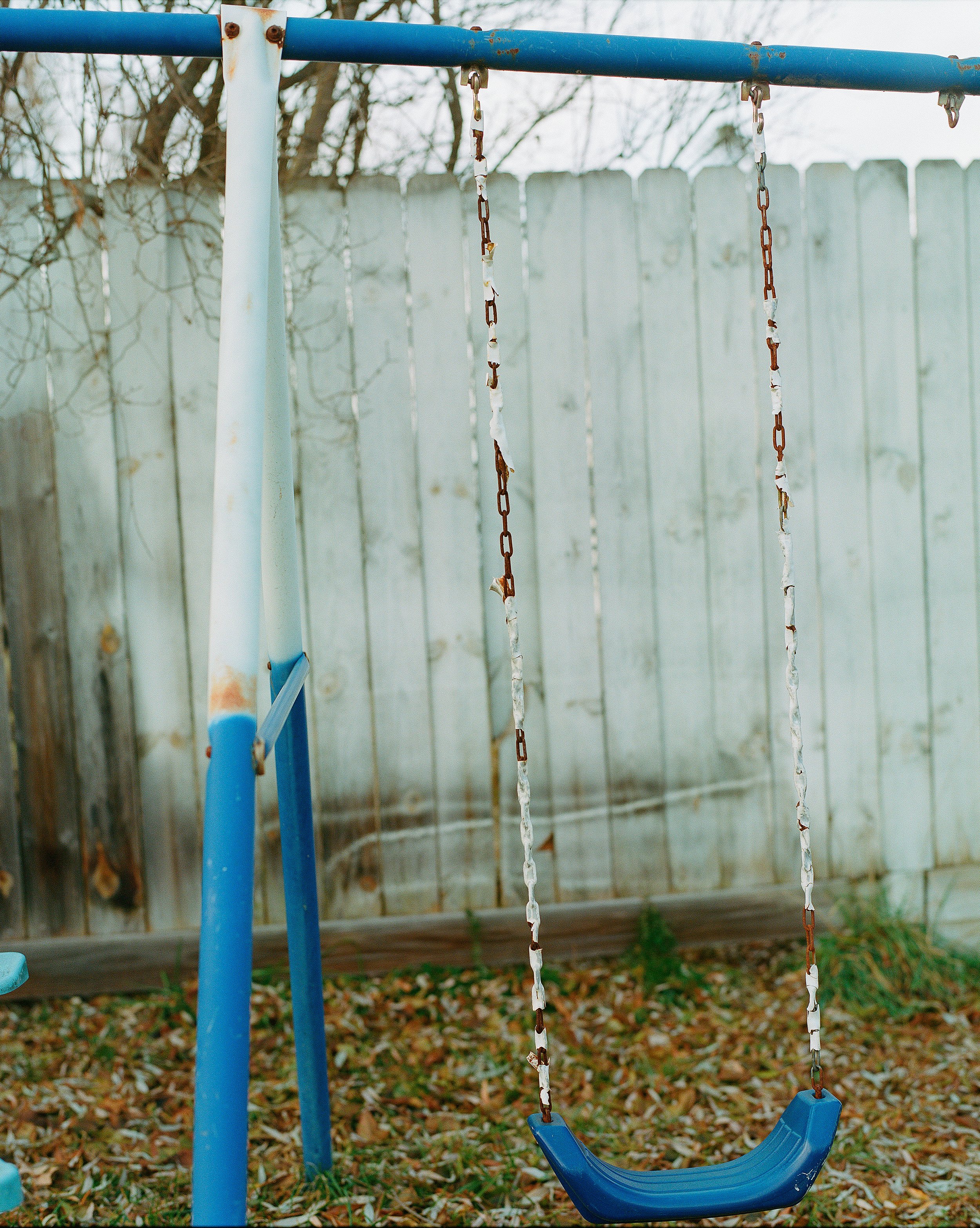




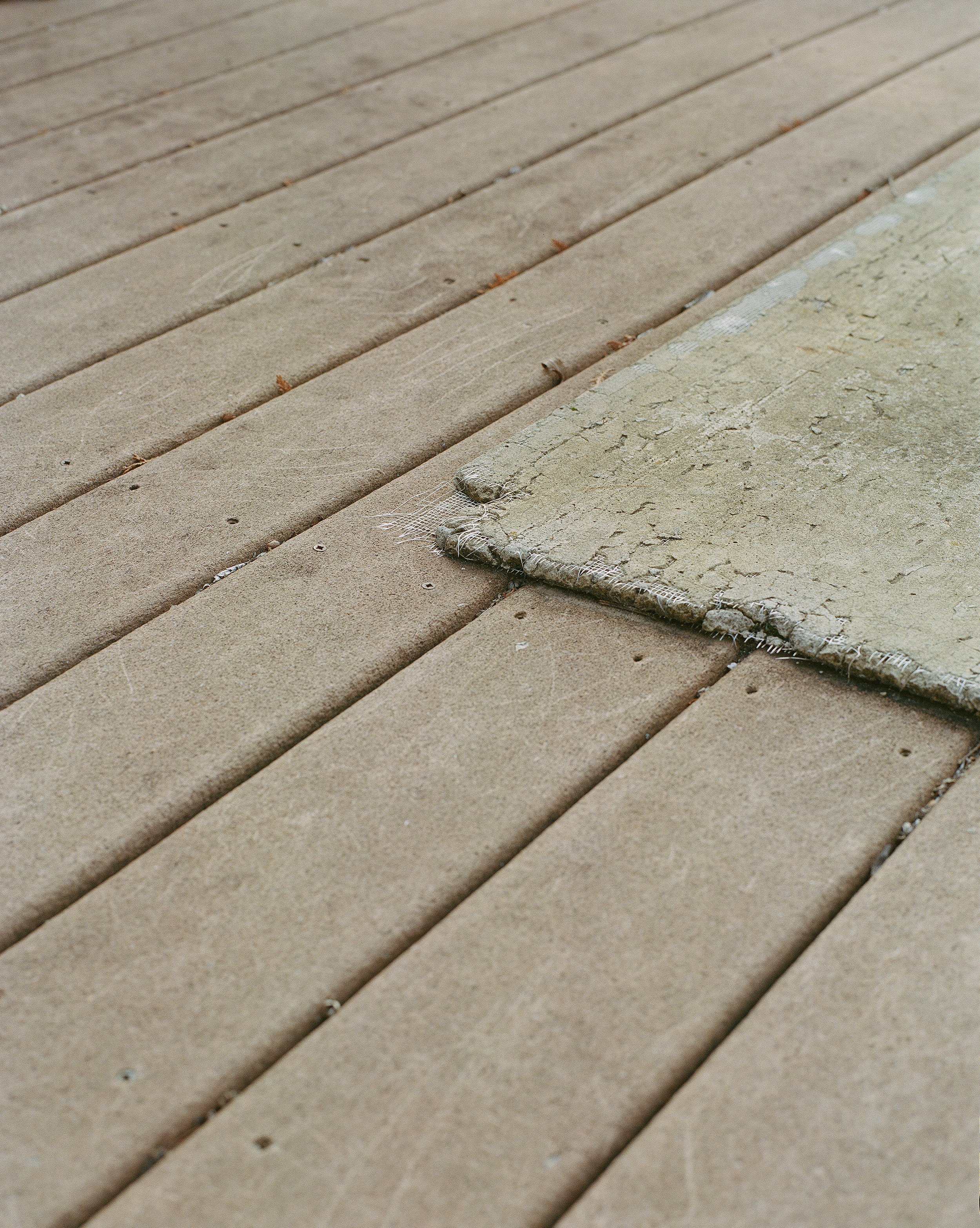














All Photographs Copyright © 2024 Bella Cole.
All Rights Reserved.